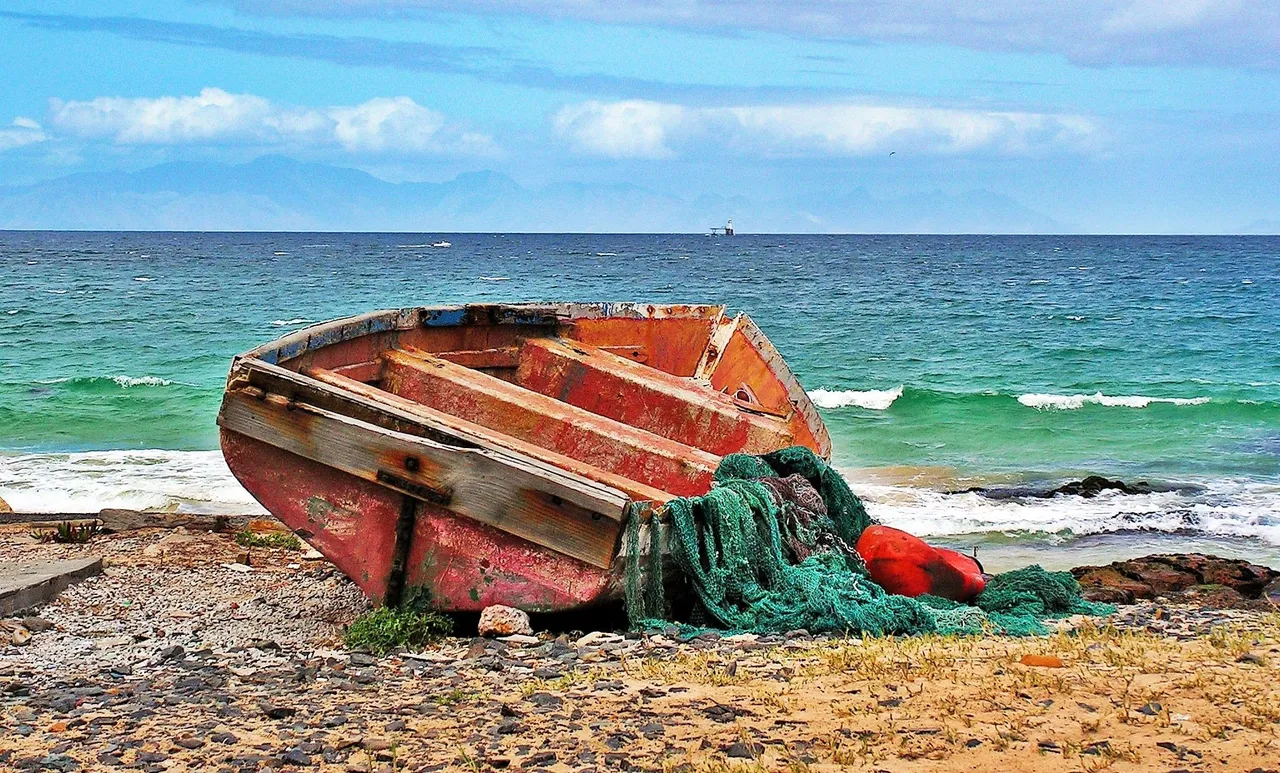
I am doing this as part of the Wednesday Walk Challenge and Make me smile challenge as well as because I enjoy the privilege of being able to see this hard and "colourful" dying out way of survival still happen from time to time in my hometown of Muizenberg.
Whenever possible I get down to my local beach daily a few hundred metres away from home no matter the weather.
On some fortunate days I experience a Trek fishing expedition, (They only happen in certain conditions and at a total guestimate I would say the fishermen get to go to sea three to four times a month these days.)
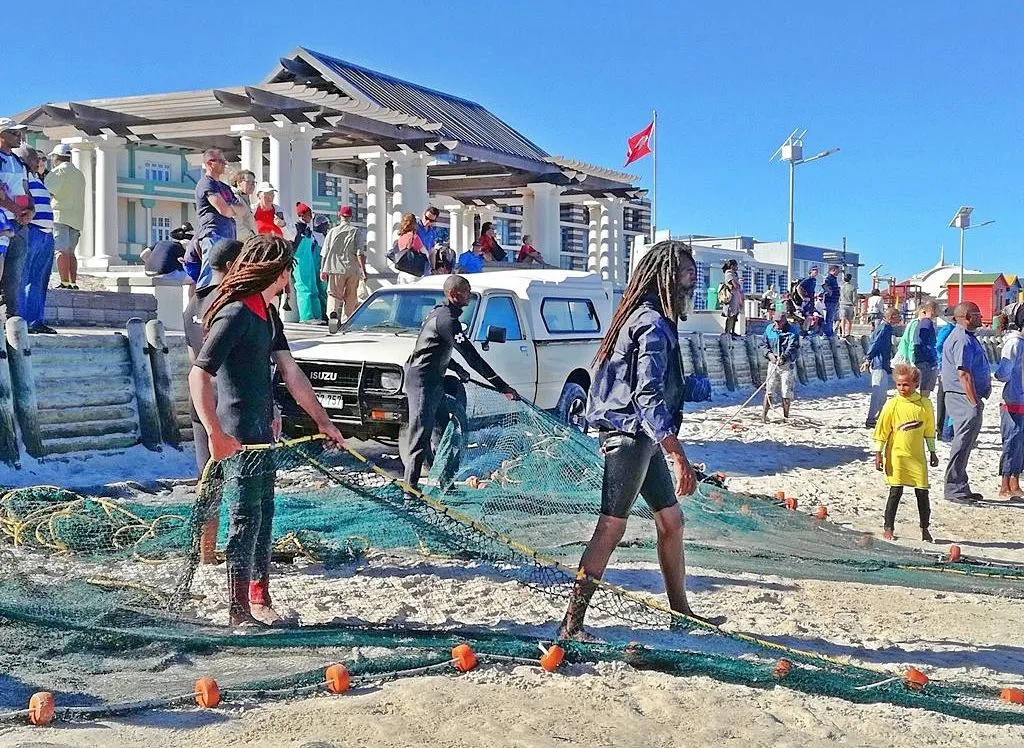
Trek is an Afrikaans word (local language derived from Dutch). One of it's meanings in English is "pull" which very aptly describes the method of fishing.....I will get to that shortly.
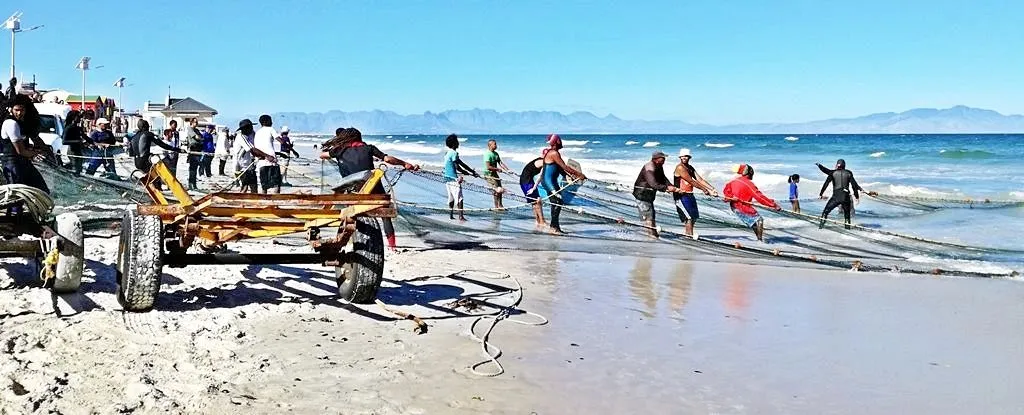
It is a very physical, manual way of fishing with a wooden rowing boat and net in the sea that is about three and a half centuries old. With the more modern era of motorised boats etc it is obviously a dying out method. In the 70's there were about 80 crews still doing it in the area but now there are only four left eeking survival out of it in an indescribable but colourful way of existence.

When conditions seem right to the spotter on the beach ( the colour of the sea....clear is no good. Lots of visible kelp/seaweed, plankton & lots of hovering seagulls is a good sign as well as the right current & tide,) then he makes a call to the boat owner who tows it down with a pickup along with the crew to launch at the "favourable" spot.(Sometimes a payday, sometimes not.)
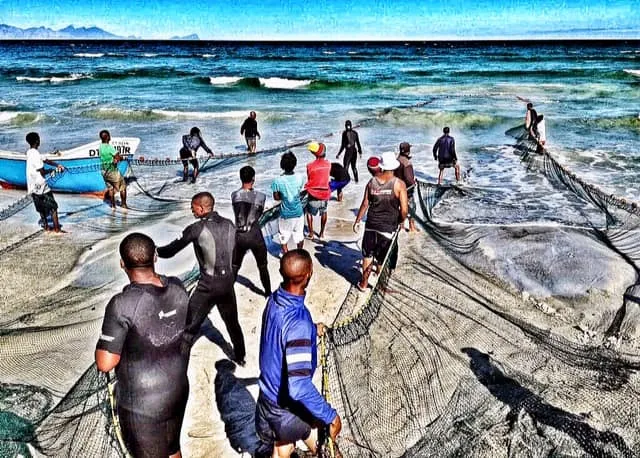
Once launched (by being manually dragged across the sand into the water), the heavy wooden rowing boat is rowed out to sea by two oarsmen and one crew member with a net onboard. A heavy rope attached to the net has its start left on the beach. After rowing straight out for about 200 metres the net is slowly dropped in the water as the boat travels a circular arc. As the net runs out another thick rope is rowed straight back to the beach and the boat normally lands about 200 metres further down the beach from where it started.

This is where the second hard physical part begins. The net is then physically pulled in via the ropes on both sides. The actual crew is normally only made up of about 10-15 people but lots of onlookers always appear and join in the colourful bantering effort.
As the last carrying section of the net nears the beach it becomes incredibly heavy and is a slow and tedious exercise to get it in but there is always big excitement & chirping about whether it will be a good catch or not.
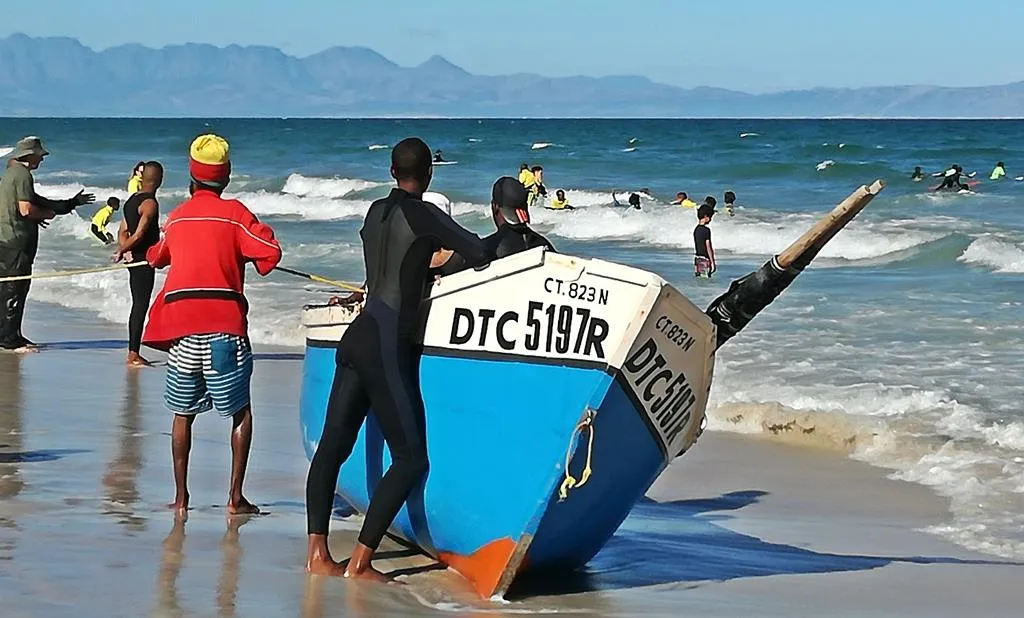
Anticipation of the catch after the boat has been rowed back in....
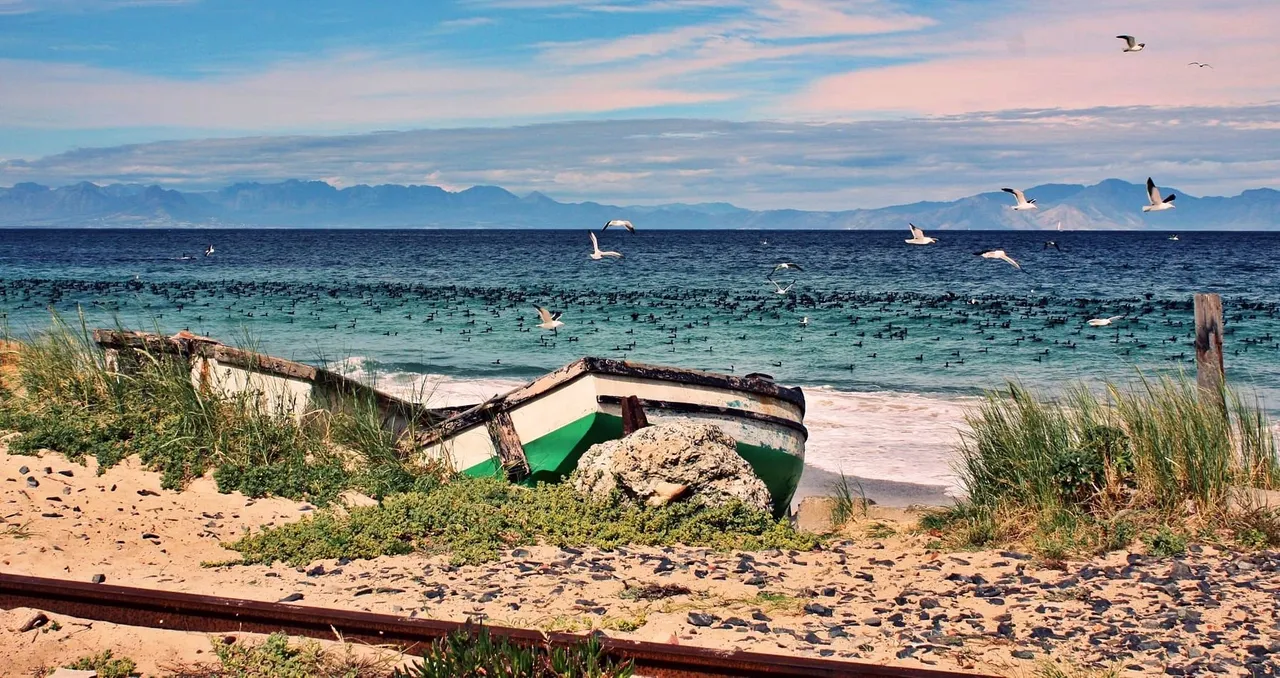
[//]:# (!pinmapple -33.992323 lat 18.405192 long d3scr)
